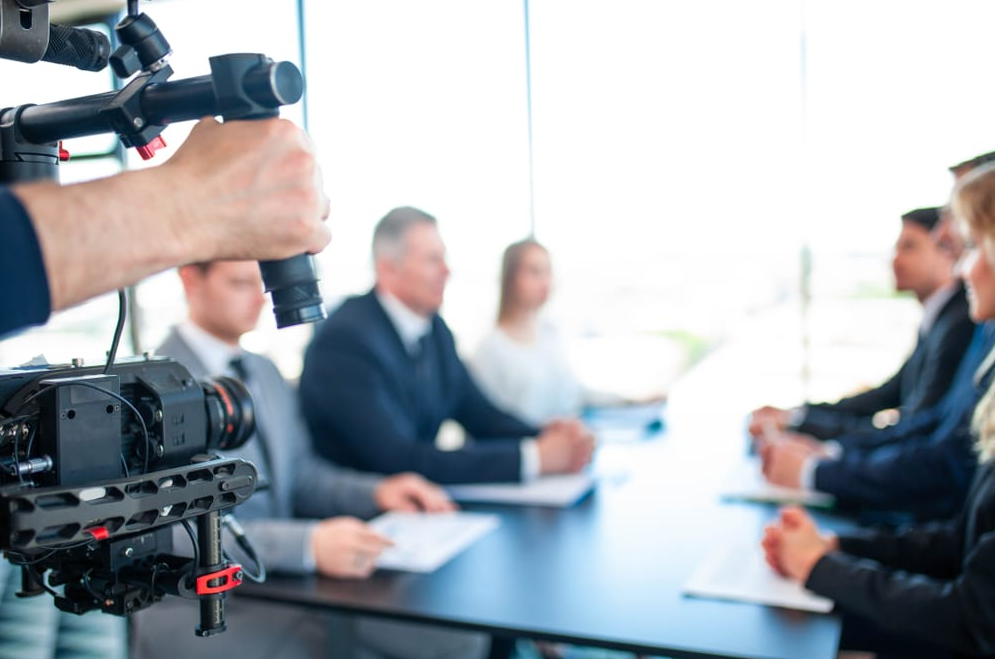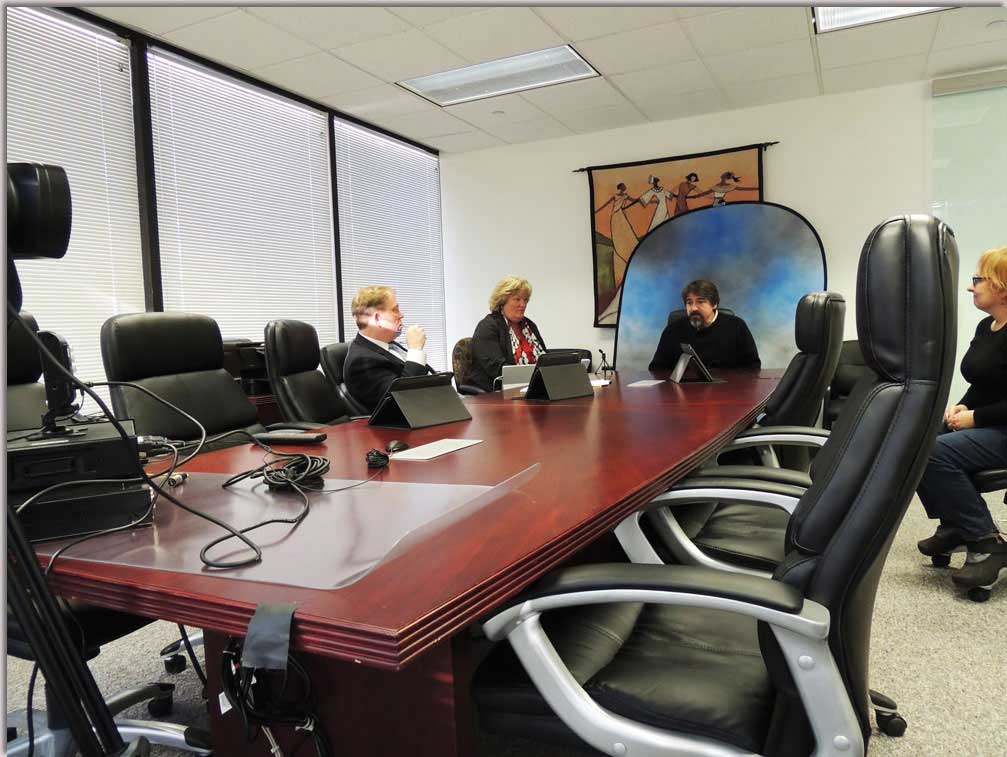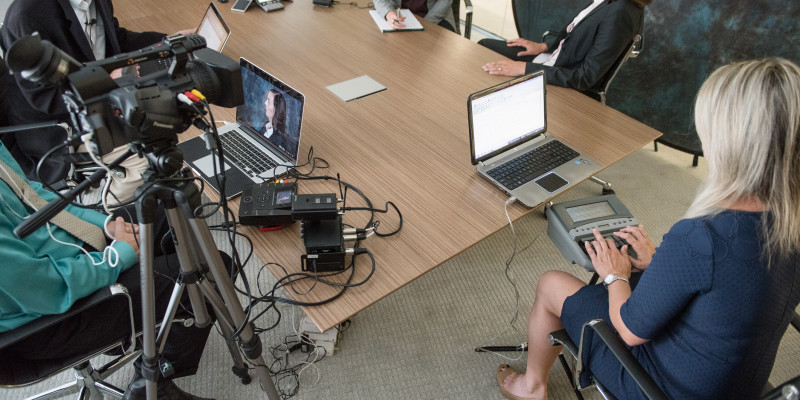Why Legal Videography is Necessary for Accurate Legal Documents
Diving Into the Systems of Legal Videography: Unveiling Its Operation in Safeguarding Genuine Aesthetic Statement for Judicial Proceedings
In the world of judicial process, the duty of lawful videography stands as a cornerstone in protecting and offering visual proof. As modern technology proceeds to advancement, the systems behind lawful videography have come to be progressively intricate, using an important layer of credibility to testimonies caught on video clip.
Historical Development of Lawful Videography
Analyzing the historic progression of legal videography exposes a substantial change in the catching and discussion of aesthetic evidence within the legal landscape. In the past, legal procedures greatly relied on written photographs and transcripts to record occasions and offer proof. With the arrival of video clip technology, the legal industry witnessed a paradigm shift in how visual testimony was captured and provided.
The advancement of legal videography can be mapped back to the late 20th century when advancements in video clip recording tools made it much more available for usage in court rooms. This technical advancement not just improved the accuracy and reliability of visual evidence yet additionally changed the means instances existed to juries and judges (Legal Videography). Attorneys started to identify the influential power of video recordings in communicating emotions, subtleties, and non-verbal signs that composed transcripts or photographs alone might not capture effectively

Innovation Improvements in Video Clip Documents
What essential technological innovations have revolutionized video clip documentation in the lawful field? The legal area has actually seen significant advancements in video paperwork innovation that have enhanced the credibility and integrity of visual evidence in judicial process. One of the key advancements is high-def (HD) video recording capabilities, which provide crystal-clear images and sharp information that are critical for properly catching testimonies, face expressions, and other aesthetic hints. Additionally, the assimilation of timestamping and metadata functions in video documents tools has actually allowed accurate documents of when and where the video clip was recorded, guaranteeing the integrity of the proof offered in court.
In addition, developments in video clip encryption and watermarking modern technologies have strengthened the safety and tamper-proof nature of video clip evidence, guarding it against unapproved changes or tampering. The arrival of cloud storage services and remote gain access to capacities has structured the storage space, access, and sharing of video clip evidence, helping with smooth partnership amongst lawful specialists and making certain reliable accessibility to critical visual testimonies when needed. These technological advancements in video documents have actually certainly transformed the legal field, enhancing the precision, trustworthiness, and admissibility of aesthetic evidence in judicial proceedings.
Role of Lawful Videographers in Court Room Setups
The advancement of video clip paperwork technology in the lawful field has demanded a critical role for legal videographers in court room setups, ensuring the stability and dependability of aesthetic testaments provided during judicial process. Legal videographers play a basic role in catching and preserving exact visual proof that can be critical in litigation. Their obligation reaches establishing up equipment, taping proceedings, and generating premium videos that precisely reflect the events in the court room.
In court setups, legal videographers need to follow stringent standards and standards to keep the authenticity of the aesthetic document. They should possess an eager eye for detail and a detailed understanding of legal treatments to ensure that the video footage they record is a true representation of the occasions that transpired. Furthermore, lawful videographers often work very closely with lawful teams to make sure that the video clip proof aligns with the situation's demands and can be properly presented in court to support the lawful debates being made. Overall, the role of legal videographers in court setups is indispensable in supporting the concepts of justice and making certain the openness of legal procedures.

Ensuring Admissibility and Stability of Video Clip Proof
To keep the credibility of visual proof provided in lawful process, making certain the admissibility and integrity of video evidence Visit Website is a critical duty for lawful videographers. Admissibility describes the approval of proof by the court, and for video clip evidence to be acceptable, it needs to fulfill particular criteria. Lawful videographers play a crucial role in making sure that the learn this here now video clips they record abide with the regulations of evidence, such as credibility, reliability, and relevance.
Honesty of video clip proof entails keeping the originality and accuracy of the video from the moment it is taped up until it exists in court. This consists of safely saving the video documents, recording the chain of safekeeping, and avoiding any type of tampering or modifications. Lawful videographers must stick to rigorous methods to guarantee the integrity of the video proof and avoid any obstacles to its authenticity.
Future Trends in Legal Videography
Provided the enhancing dependence on modern technology in legal process, lawful videographers are poised to welcome ingenious innovations shaping the future of aesthetic statement capture and presentation. One of the prominent fads coming up is the combination of online truth (VR) and boosted reality (AR) modern technologies right into lawful videography. These innovations have the prospective to transform just how visual evidence is presented in courtrooms, enabling discretionary to immerse themselves in the scene of the crime or occurrence.
Furthermore, making use of artificial knowledge (AI) algorithms for video clip analysis is anticipated to streamline the process of examining and analyzing large quantities of video footage. AI can assist in identifying essential moments, anomalies, and patterns within video clips, enhancing the efficiency of legal investigations.

Conclusion
Finally, legal videography has actually played a crucial duty in supplying authentic visual evidence for judicial process. Via technical innovations and the experience of lawful videographers, the integrity and admissibility of video evidence are made certain in court settings. As legal videography proceeds to advance, it will be necessary to support requirements that keep the precision and dependability of aesthetic testimony for the future of legal process.
Taking a look at the historic progression of legal videography discloses a significant makeover in the recording and presentation of visual evidence within the lawful landscape.The development of video paperwork technology in the legal area has actually necessitated an important duty for lawful videographers in courtroom settings, making sure the honesty and integrity of aesthetic testimonies presented during judicial proceedings. Furthermore, legal videographers commonly function very closely with lawful groups to make certain that the video clip proof straightens with the instance's needs and can be properly offered in court to sustain the lawful debates being made.To keep the credibility of visual evidence presented in legal procedures, guaranteeing the admissibility and stability of video evidence is a vital obligation for legal videographers. As legal videography continues to evolve, it will certainly be crucial to promote requirements that keep the precision and integrity of visual testimony for the future of lawful process.